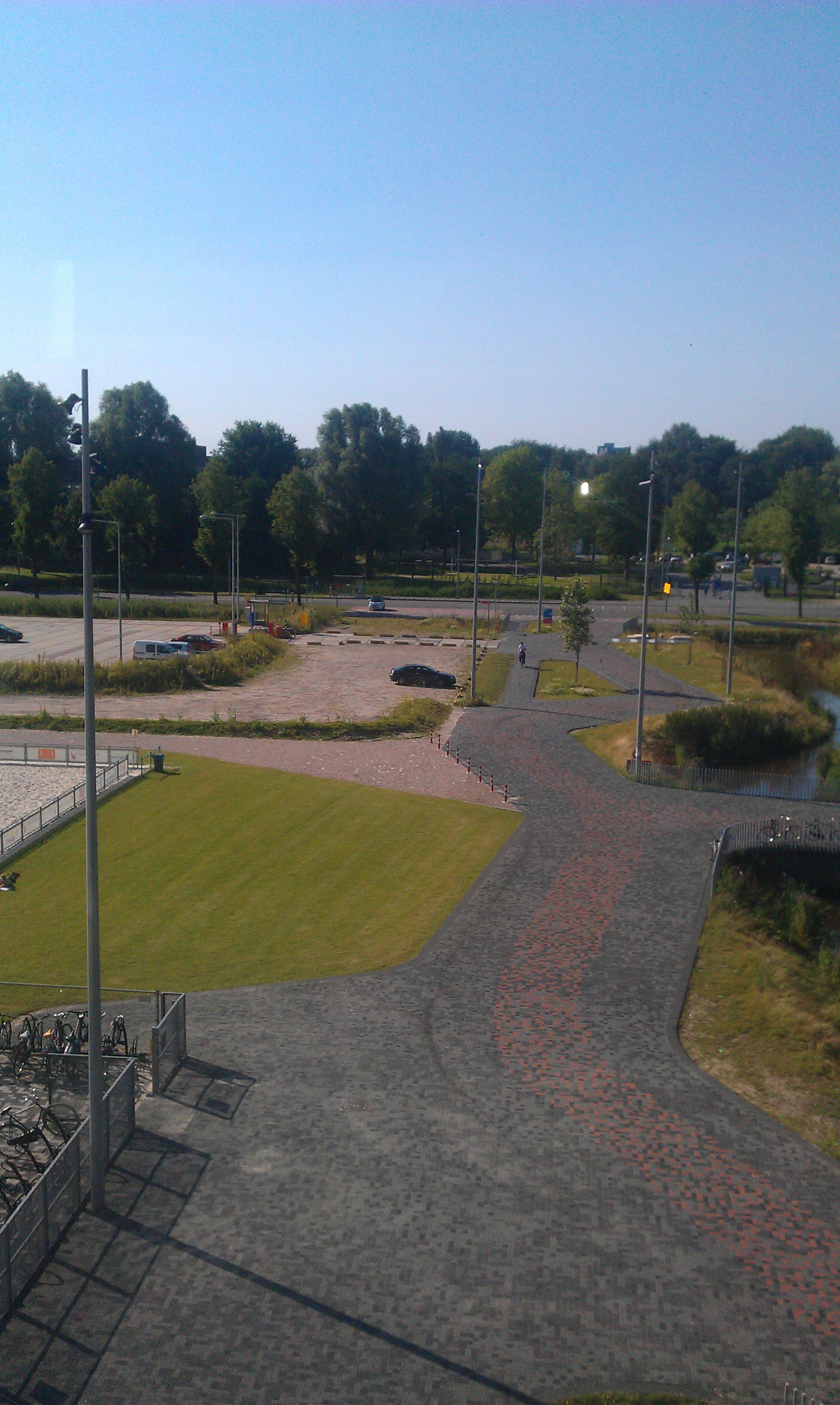The Common Procurement Vocabulary (CPV) establishes a single classification system for public procurement aimed at standardising the references used by contracting authorities and entities to describe the subject of procurement contracts.
The CPV consists of a main vocabulary for defining the subject of a contract, and a supplementary vocabulary for adding further qualitative information. The main vocabulary is based on a tree structure comprising codes of up to 9 digits (an 8 digit code plus a check digit) associated with a wording that describes the type of supplies, works or services forming the subject of the contract.
The main vocabulary is based on a tree structure comprising codes of up to nine digits associated with a wording that describes the supplies, works or services forming the subject of the contract.
- The first two digits identify the divisions (XX000000-Y);
- The first three digits identify the groups (XXX00000-Y);
- The first four digits identify the classes (XXXX0000-Y);
- The first five digits identify the categories (XXXXX000-Y);
Each of the last three digits gives a greater degree of precision within each category. A ninth digit serves to verify the previous digits.
The supplementary vocabulary may be used to expand the description of the subject of a contract. The items are made up of an alphanumeric code with a corresponding wording allowing further details to be added regarding the specific nature or destination of the goods to be purchased.
The alphanumeric code is made up of:
- a first level comprising a letter corresponding to a section;
- a second level comprising four digits, the first three of which denote a subdivision and the last one being for verification purposes
The dataset created is comprised of CPV 2008 and CPV 2003 codes and the mappings between them. All this information is publicly available via the
WESO SPARQL endpoint (
5 star linked data) and a Pubby frontend. The structure of the data and definitions is the next one:
- CPV 2008. Graph IRI: Graph IRI: http://purl.org/weso/cpv/2008. Total: 556,335
triples.
http://purl.org/weso/cpv/2008/03111100
http://purl.org/weso/cpv/definitions/codeIn2003
http://purl.org/weso/cpv/2003/01113100
The definitions have been made using the vocabularies:
The whole dataset uses links to other datasets (28,839):
- GoodRelations and Product Ontology products and descriptions
In order to create all this data we have used different tools:
Collaborators:
Acknowledgements:
TO DO List
- Check broken links
- Review the design of URIs
- Create Named graphs to group different divisions/groups/classes/categories
- Link to other datasets
- Reconciliate all products and services with the DBPedia resources
- Develop a GUI based on Exhibit, SNORQL, etc.
- Send this dataset and statistics to the Linked Data Cloud
- Update public procurement notices with the new URIs


